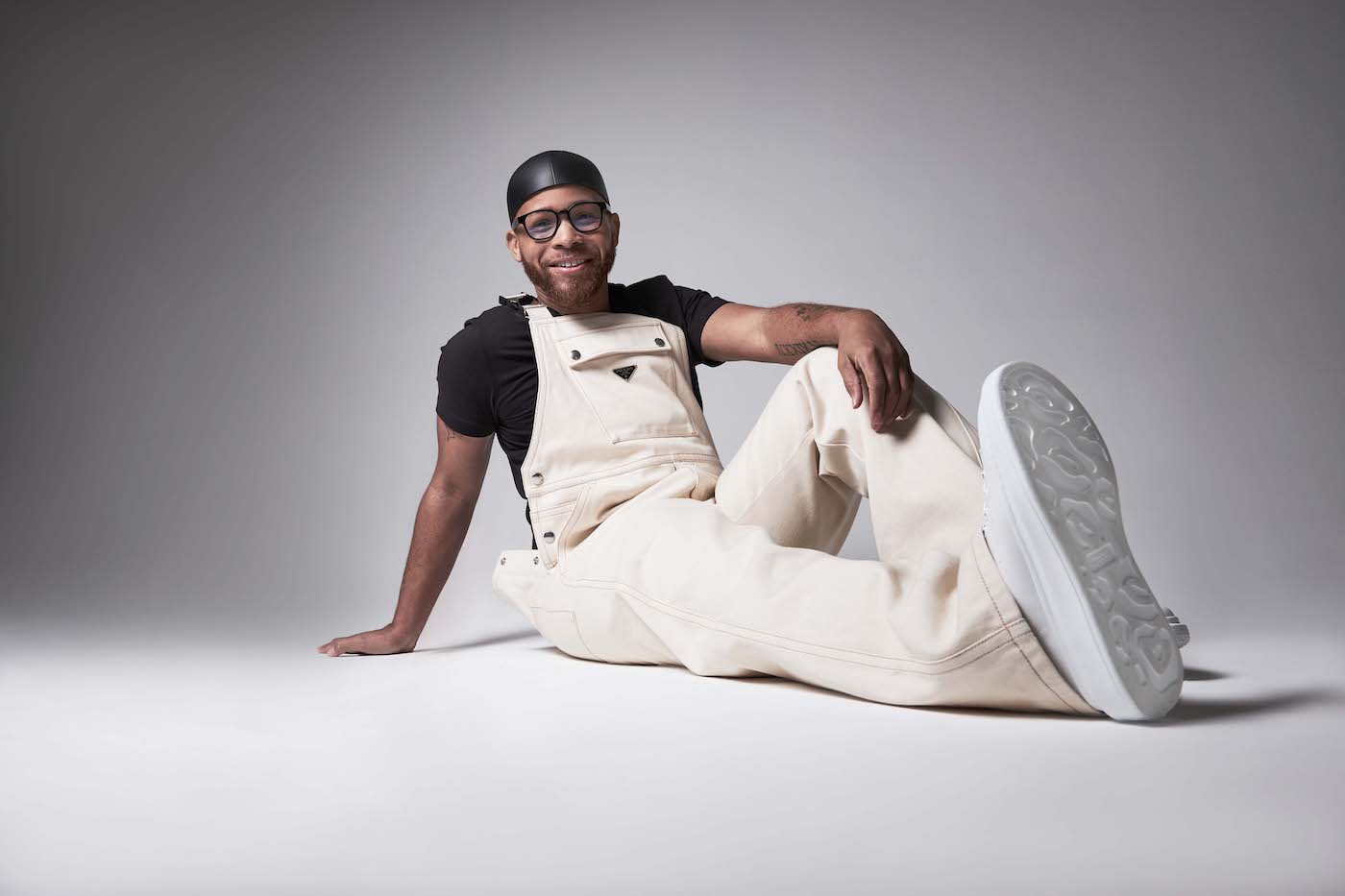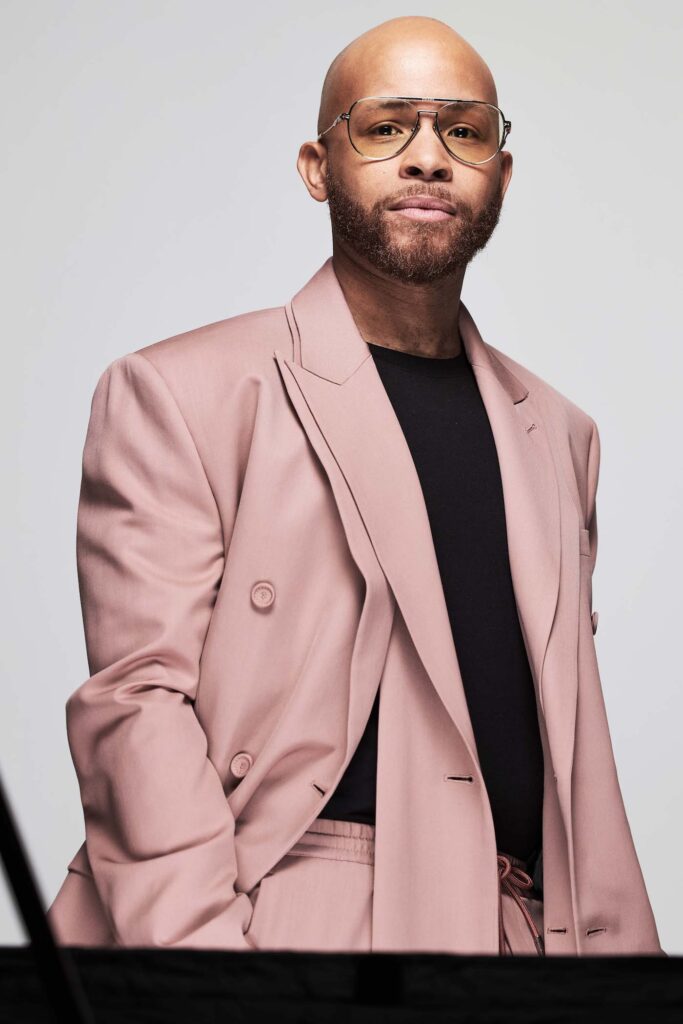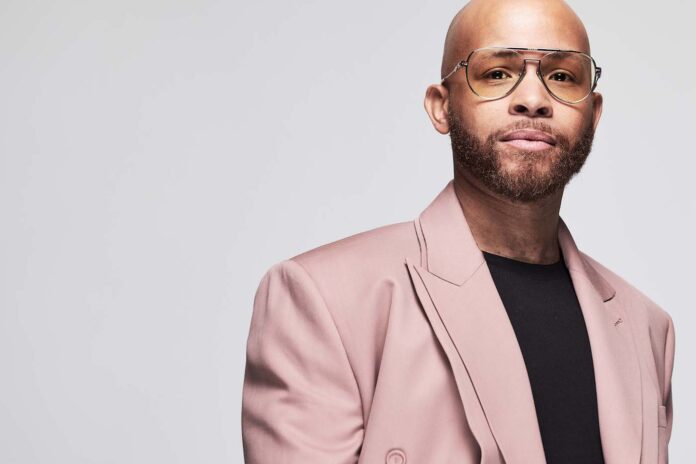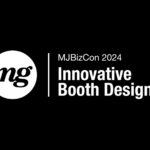We’ve all heard the adage “time is money,” but successful retailers understand space also is money. Cannabis operators need to leverage their space more than almost any other retailers. After all, due to laws and regulations, a single physical space often serves as a primary hub not only for sales, but also for branding and marketing. Failing to leverage square footage may lead to money literally walking out the door.
Maximizing the power of a dispensary’s retail space requires much more than adding shelves or installing signage. There is sophisticated psychology behind smart retail design, and it often makes the difference between a lucrative business and one struggling to make ends meet.
Retail designer Wil Walker understands this better than most. As president of Display Dispensary, he’s seen what works and what doesn’t. He’s helped brands worldwide get stores and boutiques off the ground and revamp existing operations. The key to success in almost all cases, he said, is creating a superb customer experience—which starts with design.

“Okay, I’m going to be clichéd here,” he said. “The formula for launching a successful retail design is knowing the most pertinent information. Keep these three simple things in mind: Know your brand, know your customer, and know your target group.” He added retailers should heighten their awareness of how they allocate floor space. From his perspective, square footage often is weighted too heavily toward cash stands at the expense of display counters and areas where customers can familiarize themselves with merchandise.
“More [point-of-sale] stations do not equate to more dollars,” he said, “You cannot sell what you do not have, and cramming a bunch of product into two display cases is doing yourself and the brands injustice. By the same token, more display cases do not equate to more dollars. Having a balanced ratio is pivotal. Double-exposing product does not mean it will sell twice as much.”
Named one of design:retail’s “40 Under 40” in 2017, Walker’s segue into dispensary design resulted from his fascination with early legalization efforts and a desire for new professional challenges. “I have spent the better part of the past two decades working with various global retailers, brands, artists, and influencers cultivating customer experiences and journeys,” he said. “My experience has provided me with the opportunity to provide my services across six continents around the world. I wanted to translate that to this industry—to make cannabis comfortably attainable for those who need or want it.”
Walker isn’t shy about sharing his wealth of insight and advice.
What was your life like before you became a globetrotting retail designer?

So I moved to Arizona for a hot second. At the time, I was convinced I was going to be an attorney. Thankfully, I realized I had a “thing” for retail. It took the next decade and working in many countries to really hone in on what that thing truly was. After opening thousands of stores all over the world, I realized it was an ability to connect the total consumer experience to revenue generation. Here’s the nugget of truth at the center of all retail success: It’s not about how good your store looks, how nice your people are, or whether or not your product is compelling. To be successful, you have to tie all those things together organically into one well-crafted package.
Why did you transition into the cannabis industry?
In 2017, at our local diner, my current business partner Jordan first sparked my curiosity about the idea of cannabis as a business. I’d never been in a dispensary, and I’d only tried cannabis a couple of times. Having been to a few physical locations, he was convinced cannabis was the next industry for us. Initially, I was not entirely convinced.
Slowly but surely, I became interested. In some ways, cannabis is like a retail playground. Already having had some success in other industries, I thought, “Why not help as many brick-and-mortar locations as possible?” So we visited dispensaries across the country to look at how we might fit in. And that’s when we discovered a “hole” in the industry: There were beautiful stores with precisely designed interiors, but no one was paying attention to the experience. After that, I just couldn’t look away. I saw such a need to provide consumers with a Starbucks-like, Apple-like, Sephora-like experience, and I had to get involved.
And that’s how Display Dispensary came to be.
Exactly. We created our core product to increase sales, educate patients and customers, and elevate the overall aesthetic of the cannabis space. And that was the birth of Display Dispensary, which is the cannabis-oriented division of Econoco, a house of retail-environment brands that designs and manufactures retail displays and fixtures. For almost 100 years, Econoco has provided retailers with everything from mannequins, racks, and tables to fully custom environments.
Now, I am not the first or only one to come up with the concept of elevating cannabis retail, so I had to deconstruct the industry as a whole and figure out how to make the biggest impact. This was still foreign territory for Econoco.
After a lot of thought, research and development, and even more visits to dispensaries and MJBizCon, we launched Dispensary123—a dispensary in a box, if you will. You give us your floor plan, and our industrial designers will bring an idea to life in 3D format. Then, our engineers will evaluate the most cost-efficient and attractive way to build it using our products. Custom elements to incorporate your brand’s DNA are, of course, part of the finished plan, which often takes only weeks to build.
The concept took off and was a hit with operators on tight timelines and even tighter budgets. By 2022, our products and designs were in more than 1,500 dispensaries, and hundreds of them were complete build-outs.
Why do you think you and Display Dispensary have been so successful in a relatively short time?

We are helping operators increase brand awareness, customer satisfaction, and revenue. But we also took advantage of a key moment in the industry. When COVID-19 arose, many industries were hit hard and lots of businesses shut down, but cannabis was classified as “essential” in many regions. And at the height of the pandemic, there was an increase in new dispensaries. We were able to meet this previously unforeseen market demand. Some clients came to us with barely a month to open, and we were able to deliver. That is something we take pride in, that we were able to provide options for rapid deployment that still made dispensaries look fresh.
What are some things dispensary operators—especially those with little background in retail—should keep in mind when designing their floor plan?
The first thing operators should ask themselves is this: “Is cannabis an emerging sector in my state, or is this a new market in an existing legal state?” If your answer is yes, there will be a lot of education going on. Also, keep in mind that what works today will not work down the line when you and your market are more established, so don’t be afraid to change and expand for new opportunities.
If your answer is no—if you’re moving into an established market—then please, before you make any drastic moves, make sure you have a thorough understanding of existing customer demographics. Where are they going? What are they shopping for? What is their median household income? This might sound silly, but are they a Walmart or a Target shopper? That alone can drive the experience.
Another thing to keep in mind is that retail space should be looked at as a finite resource. Rows of products can create a sort of visual noise that can be too much for consumers. I always recommend using risers to create multi-tiered displays. This helps create some visual separation while also maximizing space.
Also, consumers may think they know exactly what they walked into a store to get, but about 20 percent of all purchases are impacted by in-store displays, so it really is worth thinking your layout through. You also can make a little bit extra by identifying the premiere areas to display products and charging brands a fee in exchange for that premium placement.
And never forget simplicity and approachability are paramount. Your design needs to be approachable for all walks of life.
Can retail design influence a consumer’s behavior or mood?
Creating retail designs that evoke feelings can absolutely influence a customer’s behavior or mood. Some designers lean on kitsch or nostalgia, while others lean on coolness or newness. There is no right or wrong here. It’s all about knowing what your demographic will respond to.

The design promotes the right vibe. The key is making sure the vibe is in line with the shop’s brand. I’ve had operators tell me the type of vibe they’re going for, only to have so many aspects of their retail space betray that vibe. As more marketplaces and competition come online, these mistakes will become difficult to recover from. You need to stand out, and having that “it” factor will really help operators harness brand loyalty.
Psychologists often discuss how colors impact how we think and feel. Do you believe this is true in retail?
I always say it’s important to understand how color theory can impact consumers. Too much color, especially when using multiple colors simultaneously, can create visual cacophony—basically, too much to focus on. This can be distracting. I recommend clear, white, and black colors to help clarify and define visual spaces and merchandise on display. Clear acrylic displays have a great impact on first impressions and allow customers to see the entire product. White helps provide an aura of simplicity, purity, and cleanliness. Black is perceived as sleek, modern, and gender-neutral. Use additional colors as accents. Product packaging adds a rainbow of hues on its own.
But you know, while we’re talking psychology, I want to mention planograms. I really believe in these. They are diagrams that highlight the best places to place retail products to maximize sales. They can directly lead to increased sales and profits by tapping into the psychological factors that motivate consumers to spend. They also can save a ton of time, because planograms can take the guesswork out of where to put your high-performing products. And they help drive branding for those with multiple locations, because it’s easy to create a consistent sales floor and vibe.
What are the strategies currently driving the best retail designs?
Two that come to mind when I think of common strategies are the open concept and the bar or deli style. These concepts have been the most widely used because of their simplicity, although there certainly are other setups that can work.
There seems to be a hyper-focus on user-experience-centric setups. The only downfall with this approach is that many are utilizing a pharmacy-style user experience, when I believe customers will respond better to a Sephora or Ulta user experience. Remember, moments of consumer discovery are the key to success. You do not go to CVS to discover new brands, but you do go to Sephora or Ulta to discover new products and experiences.
Are there any trends in dispensary design you would like to see more often?
I’d love to see more operators planning ahead. The basic thought process when opening a dispensary is get the space, buy the fixtures, put out the product. However, the latest thing I’ve seen dispensaries do is visually merchandise their stores. Being able to refresh based on the customer flow is essential to the longevity of a dispensary. Overwhelmingly, dispensaries and brands do not see the silent selling behind displays. With hundreds of dispensaries and brands in this space, you need to be able to cut through the noise.
I’d also love to see more category-specific moments within a space. For example, a retailer could be known for offering great flower. Whether it be their selection of strains or that they stock exclusive premium stains, there should be a focus on their flower bar, not a refrigerator with edibles their customers don’t want. Too often, operators are not self-aware when it comes to their own brand.
Can a well-designed layout help dispensary operators drive profits?
Design layouts have been pivotal in all sectors of the service industry, from food and beverage to retail and hospitality. The cannabis industry is no different. It is imperative to construct a layout in the most strategic and considerate manner. Studies show that in most cases, shoppers enter and almost always turn right, walking counterclockwise. This needs to be considered when considering any layout. But if you keep traffic moving and place products people want where they will see them, you’re going to improve the bottom line.
How often should operators consider changing their displays?
I would say monthly. Refreshing things often can have a significant impact on sales. Even just slight adjustments like changing up featured products or moving items to new locations can create a natural path for customers to visit other parts of your retail space and interact with different sales team members. But you need to put a lot of thought into this and consider the mindset of the customer. You don’t want to suddenly move your most popular products out of the way or do anything that is going to disrupt the customer traffic flow.
What is one surprising thing operators can do to make their retail spaces “come alive” for consumers?

Cannabis is all about the experience. Do you believe there is something special about the experience of in-person shopping that will keep it competitive with ecommerce?
I believe there is a fine balance between online and brick-and-mortar experiences. A brick-and-mortar experience is viable because of the singular factor that people like to discover new products. An easy question is “Why do people still queue up to purchase their Starbucks?” Because people are looking to discover something new.
Also, I think people still seek out human interaction, especially with something like cannabis. People love to share their experiences when it comes to cannabis and get advice from real humans. Dispensaries, the good ones at least, can be a sort of community. And as we’re seeing with artificial intelligence and automation lately, human interaction can offer so much more right now than anything ecommerce can.
What does the future of the industry look like to you?
I see dispensaries expanding into more than just retail with the growth of cafes and consumption lounges. With the huge legislation happening in California, it’s only a matter of time before we see the next iteration.
But really, the outlook varies depending on the maturity of the market. For more mature markets, operators will need to be resilient in differentiating themselves. They are not going to win solely based on prices, either. In the established markets, only the great brands will survive, and I believe we will see this industry grow at explosive levels over the next five to ten years. At the same time, familiar names will disappear—kind of like Sears.
What about the future of retail design?
The future of retail design is technology. We see it happening with smart mirrors, QR codes, and more. But I can’t give you too much more at the moment, because we are creating some pretty exciting things ourselves that will change the space for the better!
Photography by Josh Sep
Watch: Wil Walker BTS
Listen: The Industry Voice Podcast: ft. Wil Walker














[…] adoption of AI is not just transforming the sales process; it’s reshaping the entire supply chain. AI-driven analytics are being used to forecast demand […]
[…] on price alone, you commoditize your product, your brand, and the customer experience,” said Wil Walker, chief revenue officer at Display Dispensary. Walker is a master at visual merchandising that […]
[…] Wil Walker, chief revenue officer at Display Dispensary, revealed how a smart mix of digital and print advertising launched the business into a substantial sales cycle. […]
[…] charge expensive prices, and get away with it,” said Display Dispensary Chief Revenue Officer Wil Walker, who possesses more than twenty years of retail leadership experience. “But as soon as you get to […]